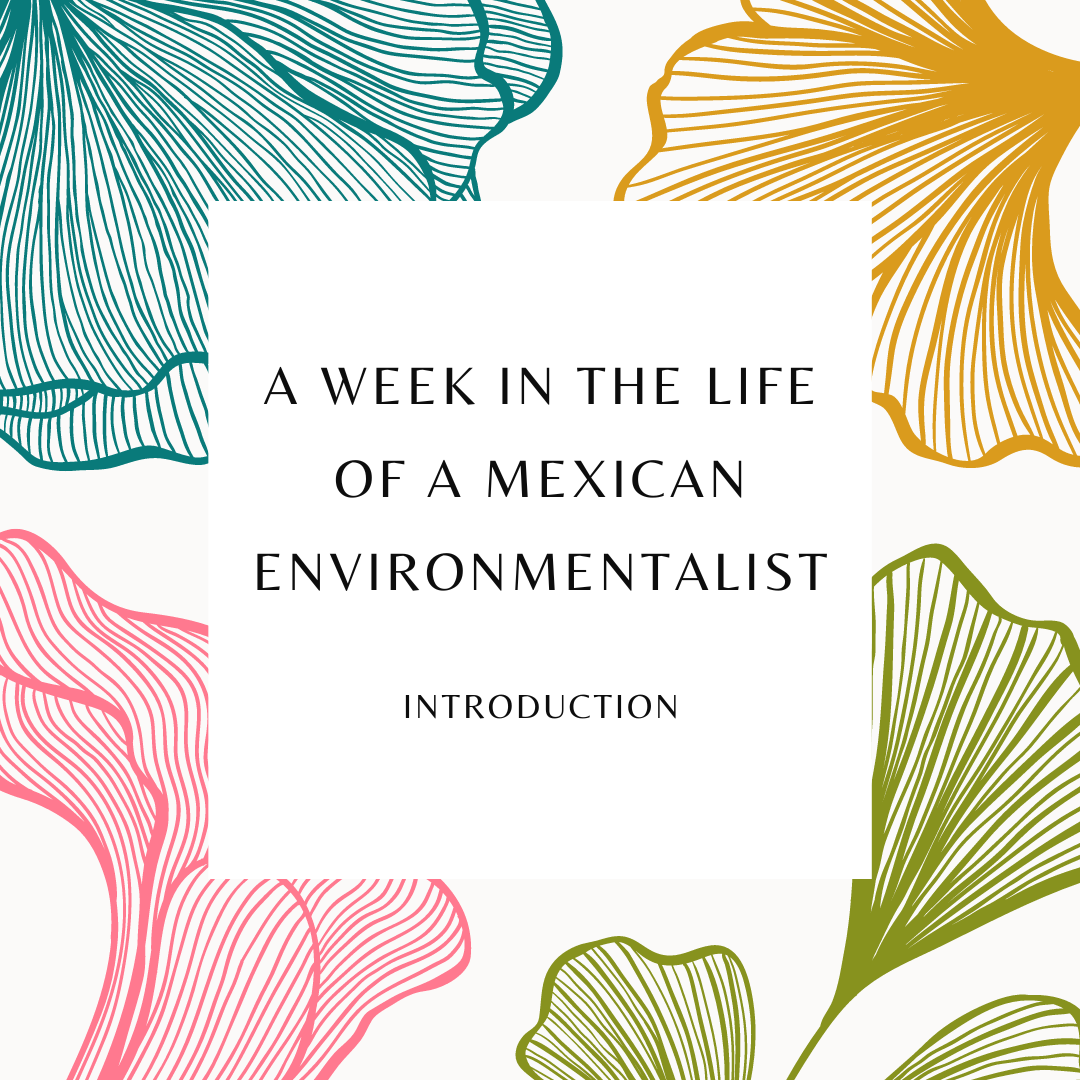A Week in the Life of a Mexican Environmentalist
June 23, 2023

The following Field Note is by 2022-2023 PPEH Graduate Fellow Pablo Aguilera Del Castillo, a doctoral candidate in Anthropology at Penn. In this introduction to his "A Week in the Life of a Mexican Environmentalist" photo essay series, Pablo invites us to dwell on the photographs taken by these four women to document their everyday efforts to better understand and protect the fragile subterranean landscape in Yucatán, Southern Mexico.
"A Week in the Life of a Mexican Environmentalist" has two main components: 1) the full interviews with Fátima, Yameli, Citlalli, and Nicte Ha that you can read here and 2) the photo essays with selected quotes from their respective interviews. As a PPEH field note series, "A Week in the Life of a Mexican Environmentalist" has five separate posts: this introduction and four posts highlighting the work of each woman.
Stayed tuned for the upcoming posts featuring each woman's work, quotes, and photos!
This series is edited by Pablo and PPEH Program Coordinator Campbell Knobloch.
The old saying, missing the forest for the trees, acquires a new meaning in the case of Mexico. With the threat of a rapidly changing environment—from deforestation to flooding and drought, the country has quickly become the center of attention for national and international media. But as these stories get to the front pages of some of the most widely read newspapers in the world, it is easy for many of the stories of individuals to get quickly lost. Important stories about deforestation and environmental degradation can eventually eclipse the rich hopes of people. Here we present the powerful voices of four brave environmentalist women who spend their lives fighting for a better and more just future for the generations to come.
We share the experiences of these four women through their own words and their photos. With each image we see we learn to look at the Yucatec reality from another point of view, from a perspective grounded in their hopes for a different future. As such they are more than just photos, they are testaments of a given moment in time when so much seems to be changing so fast right under their feet. When the new Mexican president was elected five years ago, he brought to the president’s office a series of ambitious infrastructure projects aimed at transforming the country’s landscape (The Dos Bocas Oil Refinery, The Trans-Isthmus Railway, and the Mayan Train). Besides their potential as drivers of economic growth, these monumental projects are being erected to materialize the promise of the new government. However, not everyone in Yucatán is willing to see their territory destroyed by these projects.
The stories from The New York Times, The Washington Post, the BBC, and El País have opened an important conversation about what is currently happening in the region. But behind the news about changing deforestation rates, there are brave environmentalists deeply committed to materializing their dreams. Yameli, Fátima, Citlalli, and Nicte-Ha have spent years fighting for what they love, for the future they envision for their land. As archaeologists, geomorphologists, cultural workers, and activists, they all dedicate their lives to better understanding and protecting the subterranean worlds that exist beneath the feet of millions of Yucatecans. Today, both the landscapes and the people who depend on them are at risk.
Despite the many attacks by the Mexican president, environmentalists like Yameli, Fátima, Citlalli, and Nicte-Ha continue to protect the Yucatec Aquifer, teaching everyone about the characteristics of these places. Their work and dedication continue to inspire me and many others who like me see in them a group of people fighting for a lot more than trees, fighting for a possible future for the people of this region. To get a better sense of their lives and the work they do, we present snapshots of their lives, hopes, and fears. Through a collection of photographs taken by them, we invite you to see their everyday life through their cameras. These photographs witness a lot more than their days, they witness their efforts, dreams, and fears.
Sources
- "Over Caves and Over Budget, Mexico's Train Project Barrels Toward Disaster," The New York Times
- "Deep Inside the Yucatán," The New York Times
- "Destroying Maya Treasures to Build a Tourist Train," The Washington Post
- "Mexico's Maya train: Work halted over cave concerns," BBC
- "The uncomfortable obstacles unearthed along the route of Mexico’s Maya Train," El País
